NASA’s return to the Moon requires careful preparation. Finding safe landing sites, locating potential resources, and taking measurements of the radiation environment are some of the tasks the Lunar Reconnaissance Orbiter (LRO) spacecraft will perform while in lunar orbit. LRO is an unmanned mission that will create a comprehensive atlas of the moon’s surface and resources.
The data gathered by LRO will be crucial in designing and building a permanent lunar outpost. The data will also be used to reduce the risk and increase the productivity of the future manned missions to the Moon.
The launch of LRO is scheduled for February 2009. An Atlas V rocket launched from the Kennedy Space Center will place the LRO on a transfer trajectory. After 4 days, the spacecraft will reach the Moon and after performing additional orbital maneuvers, it will move into its final orbit. The LRO’s final orbit will be a circular polar orbit 50 kilometers above the lunar surface.
The mission is designed to last for one year, with a possible extension. The total mass of the spacecraft is around 1,000 kilograms, of which 500 to 700 kilograms will be the fuel. The power is supplied by articulated solar arrays, and for the peak and eclipse periods a Li-Ion battery is used. The bandwidth of the communication link will be approximately 100-300 Mbps.
The LRO payload is comprised of six scientific instruments and one technology demonstration.
The Cosmic Ray Telescope for the Effects of Radiation (CRaTER) was built and developed by Boston University and the Massachusetts Institute of Technology in Boston. CRaTER will help explore the lunar radiation environment. The data gathered by measurements will help in the development of protective technologies that will keep future lunar crews safe.
The Diviner Lunar Radiometer Experiment (DLRE) was built and developed by the University of California, Los Angeles and the Jet Propulsion Laboratory in Pasadena, California. DLRE is capable of measuring surface and subsurface temperatures from orbit.
The Lyman-Alpha Mapping Project (LAMP) was built and developed at the Southwest Research Institute in San Antonio. LAMP will be used to map the entire lunar surface in the far ultraviolet spectrum.
The Lunar Exploration Neutron Detector (LEND) was developed at the Institute for Space Research in Moscow. This detector will create high-resolution maps of the hydrogen distribution and gather data about the neutron component of the lunar radiation.
The Lunar Orbiter Laser Altimeter (LOLA) was conceived and built at NASA’s Goddard Space Flight Center. LOLA will generate high-resolution three-dimensional maps of the moon’s surface.
The Lunar Reconnaissance Orbiter Camera (LROC), developed at Arizona State University at Tempe, will image the lunar surface in color and ultraviolet. LROC will be able to capture 1 m resolution images of the lunar poles.
The technology demonstration is called Mini-RF Technology Demonstration. The primary goal of this demonstration is to locate subsurface water ice deposits. The advanced single aperture radar (SAR) that will be used is capable of taking high-resolution imagery of the permanently shadowed regions on the lunar surface.
The data gathered by LRO will help us develop a better understanding of the lunar environment. This understanding is essential for a safe human return to the Moon and for the future exploration of our solar system.



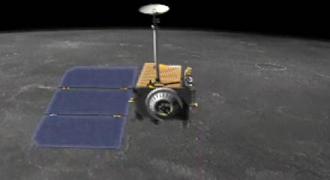
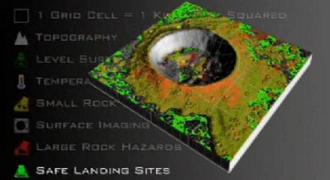






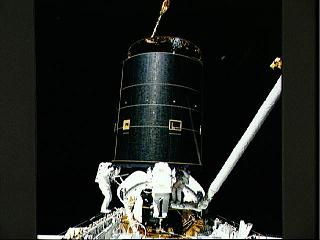
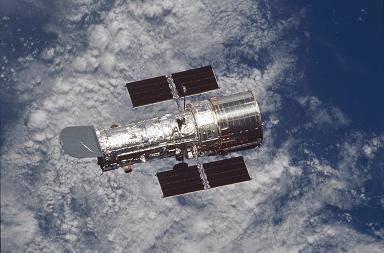
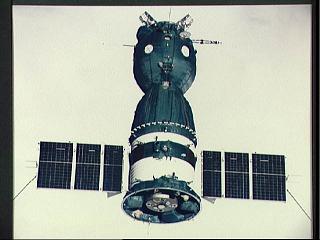
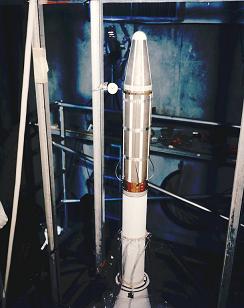
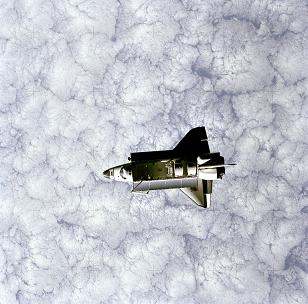
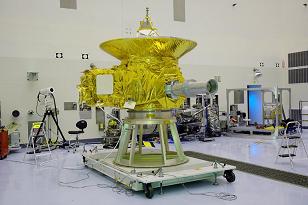
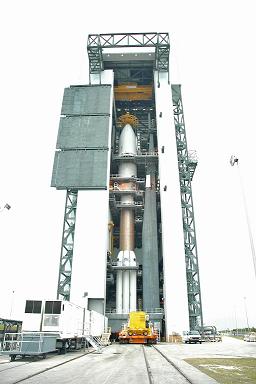
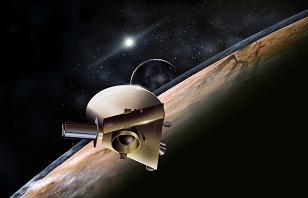
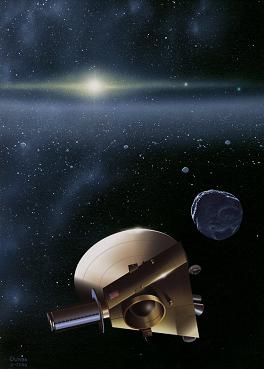
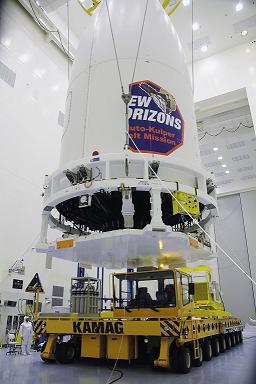

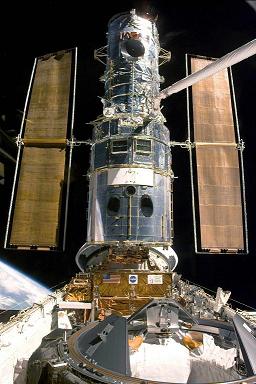
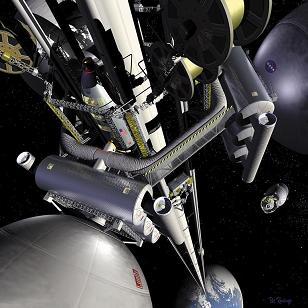
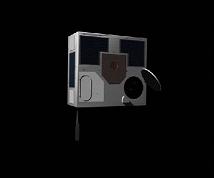
 Subscribe to blog posts using RSS
Subscribe to blog posts using RSS










